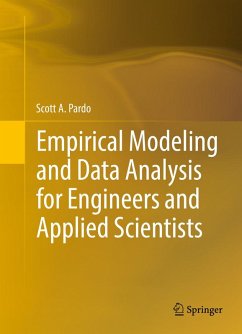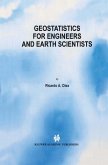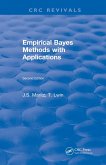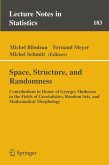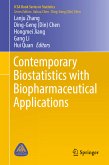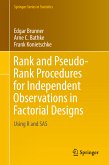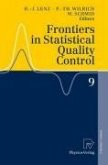- Much of the discussion in this book is about models, not whether the models truly represent reality but whether they adequately represent reality with respect to the problems at hand; many ideas focus on how to gather data in the most efficient way possible to construct adequate models.
- Includes chapters on subjects not often seen together in a single text (e.g., measurement systems, mixture experiments, logistic regression, Taguchi methods, simulation)
- Techniques and concepts introduced present a wide variety of design situations familiar to engineers and applied scientists and inspire incorporation of experimentation and empirical investigation into the design process.
- Software is integrally linked to statistical analyses with fully worked examples in each chapter; fully worked using several packages: SAS, R, JMP, Minitab, and MS Excel - also including discussion questions at the end of each chapter.
Dieser Download kann aus rechtlichen Gründen nur mit Rechnungsadresse in A, B, BG, CY, CZ, D, DK, EW, E, FIN, F, GR, HR, H, IRL, I, LT, L, LR, M, NL, PL, P, R, S, SLO, SK ausgeliefert werden.
"The statistical topics covered in this book will be of general utility to a range of quantitative fields. The writing style is a nice hybrid of a conventional mathematics or statistics book, combined with application-driven material more common in engineering or applied science books. ... The book features a generous number of computer-generated figures and tables. ...this will be a useful textbook for students in the quantitative sciences and in engineering. Summing Up: Recommended. Lower- and upper-division undergraduates." (M. R. King, Choice, Vol. 54 (7), March, 2017)

